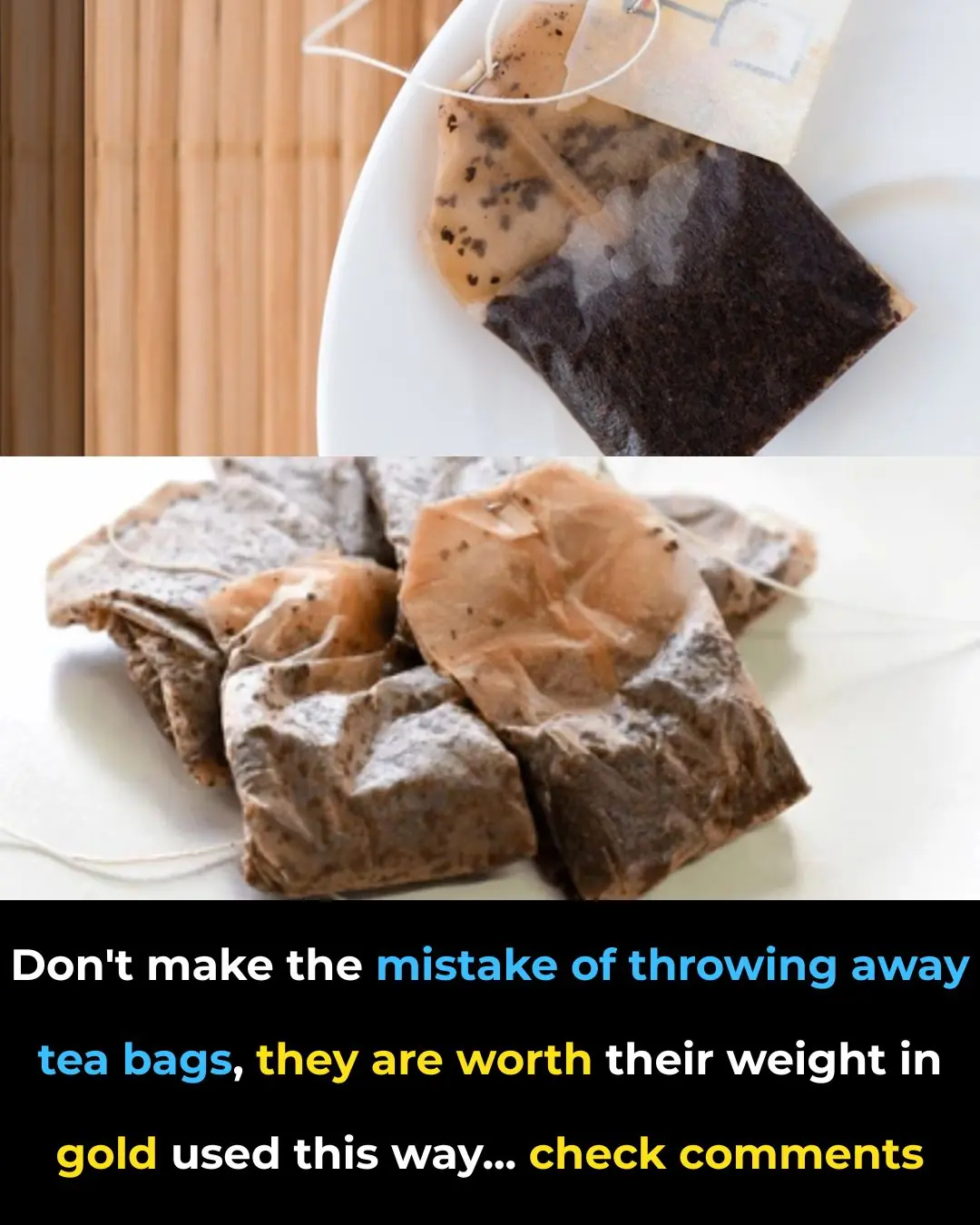
4 types of vegetables are full of parasites but many people still eat them raw every day
Raw Vegetables and Parasites: What You Need to Know to Stay Safe
Eating raw vegetables is a healthy choice—but when it comes to food safety, not all vegetables are equal. Some raw vegetables, especially those grown in contaminated water or harvested under poor sanitary conditions, can carry harmful parasites, bacteria, and viruses.
Consuming these vegetables raw, especially on a daily basis, without proper handling significantly increases your risk of infections from protozoa, helminths (parasitic worms), and bacteria.
This guide explains which vegetables pose higher risks, what pathogens they may carry, how contamination happens, and—most importantly—how to make them safe to eat.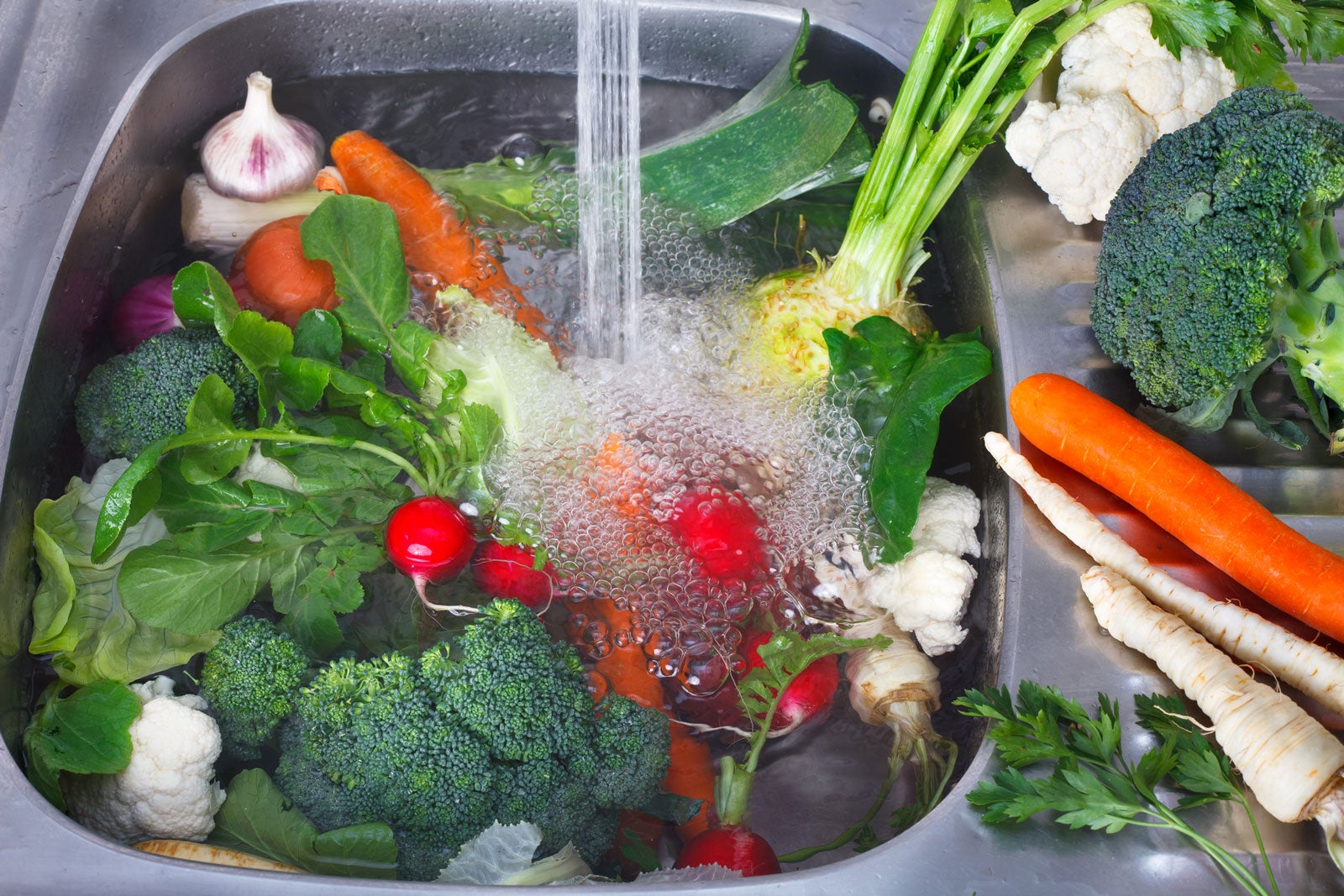
1. High-Risk Vegetables Often Eaten Raw
Certain vegetables are more likely to carry parasites or bacteria due to how and where they grow. Here are four commonly eaten vegetables that require extra caution:
🌿 Freshwater / Aquatic Plants
Examples:
-
Water spinach (kangkong, rau muống)
-
Watercress
-
Water parsley
Why risky: These plants often grow in or near freshwater sources like rivers, ponds, or ditches, which may be contaminated with animal or human feces, snails, or fish—intermediate hosts for parasites. Leaves can carry metacercariae (larval stages of liver flukes like Fasciola or Clonorchis) and protozoan cysts.
🌸 Lotus Root
Why risky: Grows in muddy pond bottoms and has hollow chambers that trap dirt, parasite eggs, and bacteria. If harvested from untreated or contaminated water, lotus root may carry fluke larvae or soil-borne parasites like Ascaris eggs.
🌱 Raw Sprouts
Examples:
-
Alfalfa
-
Mung bean sprouts
-
Bean sprouts
Why risky: Sprouts grow in warm, moist conditions that encourage bacterial growth (E. coli, Salmonella) and allow protozoa to survive. Sprouts are frequently involved in foodborne illness outbreaks due to poor hygiene in sprouting operations.
🥬 Leafy Greens Washed in Contaminated Water
Examples:
-
Lettuce
-
Spinach
-
Basil
-
Cilantro
Why risky: Uneven surfaces trap protozoan cysts and worm eggs. Contaminated irrigation or rinse water can transfer pathogens, and surface washing may not be enough to remove them entirely.
2. Common Parasites and Pathogens Found in Raw Produce
🦠 Protozoa
-
Giardia lamblia
-
Cryptosporidium parvum
-
Entamoeba histolytica
Symptoms: Diarrhea, abdominal cramps, fatigue, and weight loss.
Survival traits: Cysts are sticky, resistant to cold, and can survive in moist environments.
🪱 Helminths (Worms)
-
Ascaris lumbricoides (roundworms): Eggs cling to soil and root vegetables.
-
Liver flukes (Fasciola, Clonorchis): Found in aquatic plants and pond-grown produce.
🧫 Bacteria (not parasites, but equally dangerous)
-
Salmonella
-
E. coli
-
Listeria monocytogenes
Especially common in raw sprouts and unwashed greens.
🦠 Viruses
-
Norovirus
-
Hepatitis A
Can contaminate produce via dirty water or infected food handlers.
3. How Contamination Happens
-
Irrigation with contaminated water (sewage, livestock runoff).
-
Soil contact — root vegetables absorb or carry pathogens from dirty soil.
-
Unhygienic handling — dirty hands, knives, or storage surfaces.
-
Exposure to animals — rodents, livestock, or wildlife near fields or water.
-
Poor storage — warm, humid conditions (especially for sprouts) promote bacterial growth.
4. Is Rinsing Enough?
Short answer: No, not always.
-
Running water helps but doesn’t remove all protozoa or worm eggs, especially from leafy or creviced produce.
-
Scrubbing root vegetables and peeling greatly reduces risk.
-
Sprouts and delicate leaves are harder to clean thoroughly.
5. How to Make Raw Vegetables Safe: Step-by-Step
✅ Cook High-Risk Items When Possible:
Boiling, steaming, or stir-frying water spinach, lotus root, and sprouts at >70°C for several minutes kills parasites and bacteria.
✅ Scrub and Peel Root Vegetables:
Use a vegetable brush under running water. Remove the peel to get rid of hidden contaminants.
✅ Wash All Produce Thoroughly:
Rub leafy greens under running potable water, especially in crevices. For firm produce, use a brush. Don’t reuse rinse water.
✅ Use a Disinfecting Soak (Optional):
Soak vegetables for 5–10 minutes in:
-
A diluted white vinegar solution (1 part vinegar to 3–4 parts water), OR
-
A commercial vegetable wash.
Rinse again with clean water. Note: Vinegar may not kill all protozoa, but it reduces bacteria.
✅ Avoid Raw Sprouts or Cook Them:
Especially for high-risk groups (children, pregnant women, elderly, immunocompromised). Cooking is strongly recommended.
✅ Use Safe Water for Washing:
At home, use bottled or boiled and cooled water if local water isn’t safe.
✅ Buy from Trusted Sources:
Choose markets or suppliers with clean facilities and known irrigation practices. Avoid produce from wet markets or roadside stalls with poor hygiene.
✅ Practice Good Kitchen Hygiene:
Wash hands, clean utensils, cutting boards, and keep raw vegetables separate from raw meat or fish.
6. Who Should Avoid High-Risk Raw Vegetables?
People at higher risk of serious infection should avoid raw aquatic vegetables and sprouts:
-
Pregnant women
-
Infants and young children
-
Elderly individuals
-
Immunocompromised people (e.g., those with HIV, undergoing chemotherapy, or with autoimmune conditions)
These groups should stick to well-cooked vegetables.
7. Safer Vegetables to Eat Raw (With Proper Washing)
These vegetables are typically lower-risk:
-
Tomatoes
-
Cucumbers
-
Bell peppers
-
Avocados
-
Commercially washed salad greens (from reputable suppliers)
Still, always rinse under clean running water, especially in areas with uncertain sanitation.
8. Why Lotus Root Deserves Special Caution
Lotus root has multiple internal chambers where mud, larvae, and cysts can hide. If grown in untreated water, it may carry fluke larvae or soil-transmitted parasite eggs.
Always boil, steam, or stir-fry lotus root before eating.
9. Quick Checklist: Staying Safe with Raw Vegetables
✅ Peel and scrub root vegetables (especially lotus root).
✅ Avoid raw freshwater plants and sprouts unless from trusted sources—better to cook them.
✅ Rinse thoroughly under running potable water.
✅ Optional vinegar soak for leafy greens.
✅ Cook vegetables when in doubt—heat kills most parasites and bacteria.
✅ High-risk groups: choose cooked produce.
✅ Buy from reputable suppliers with clean water and handling practices.
Final Thoughts
Raw vegetables can be part of a healthy diet—but when they’re grown in unsafe water, contaminated soil, or handled improperly, they can become vehicles for serious infections. In areas where water quality or hygiene is questionable, it's safer to cook high-risk vegetables like lotus root, water spinach, and sprouts.
✅ The safest approach: Good sourcing + Careful washing + Cooking when needed.
Stay informed, be cautious, and make smart food safety choices—especially if you're serving raw vegetables to vulnerable individuals.
News in the same category


Hidden Dangers in Your Mouth: Early Signs of Oral Cancer

7 Signs of Arthritis You Shouldn't Ignore
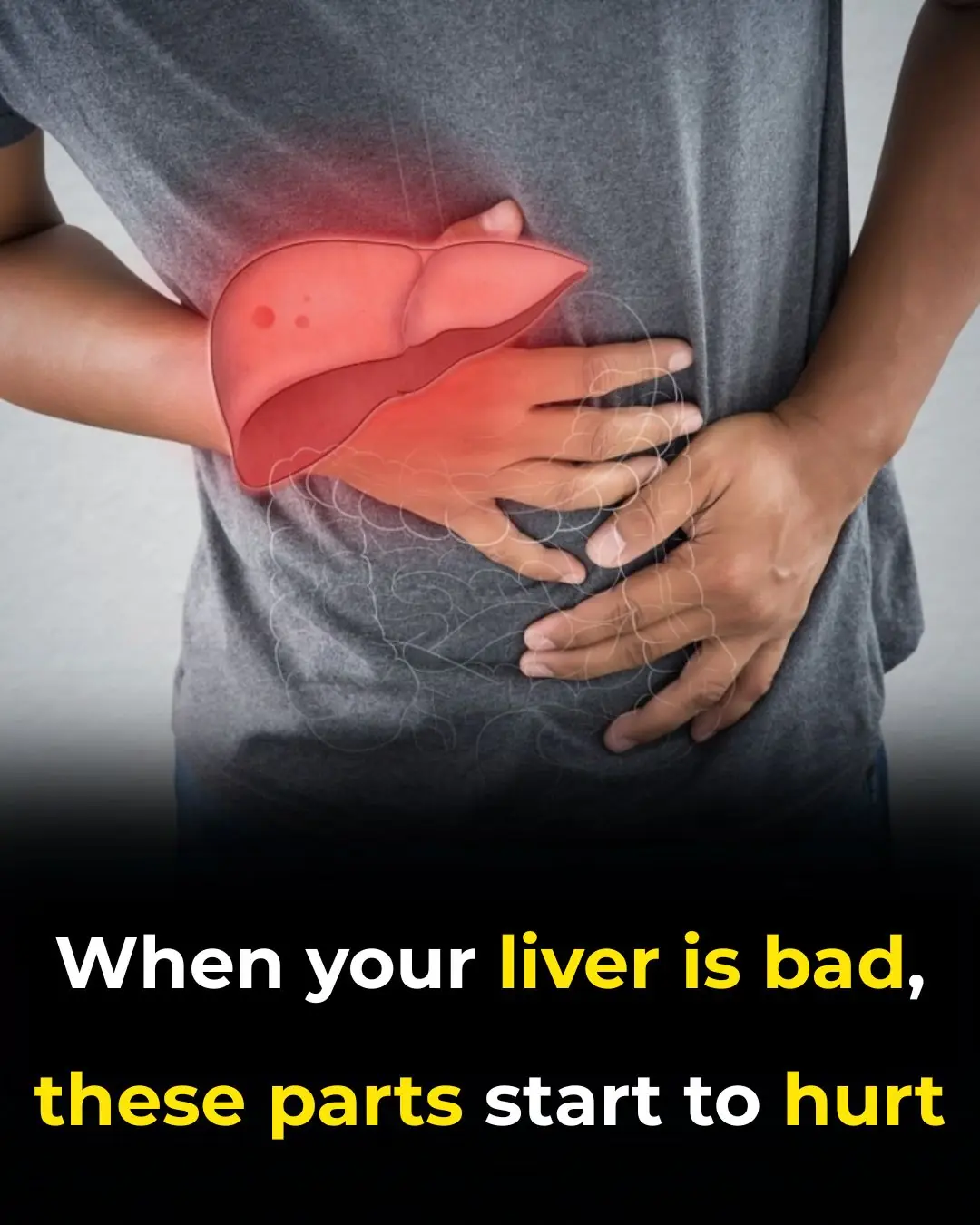
When your liver is bad, these parts start to hurt

Top 12 ways to quickly improve blood circulation in legs

Tingling Sensation In Your Body: Why Does It Happen

5 Breast Cancer Signs You’ve Never Heard Of — But Shouldn’t Ignore

YOUR BODY’S SCREAMING FOR HELP — DON’T IGNORE THESE HIDDEN DEFICIENCY SIGNS
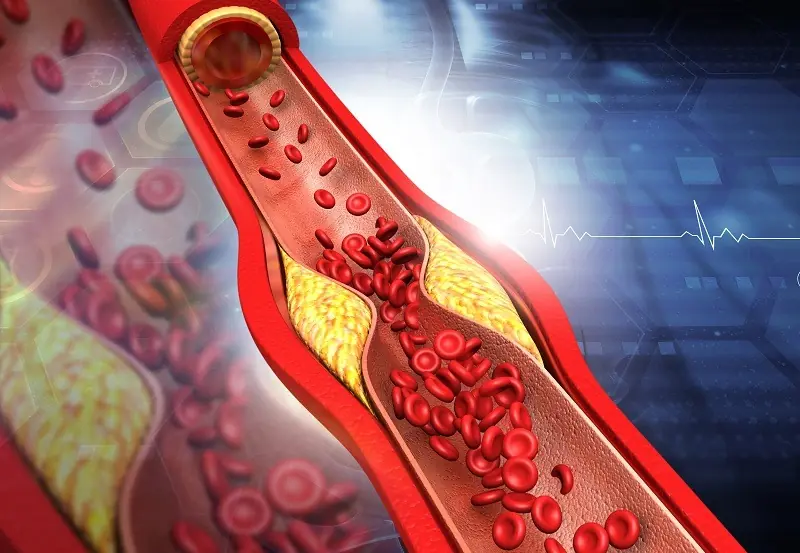
SUBTLE WARNING SIGNS OF CLOGGED ARTERIES AND HOW TO UNCLOG THEM NATURALLY
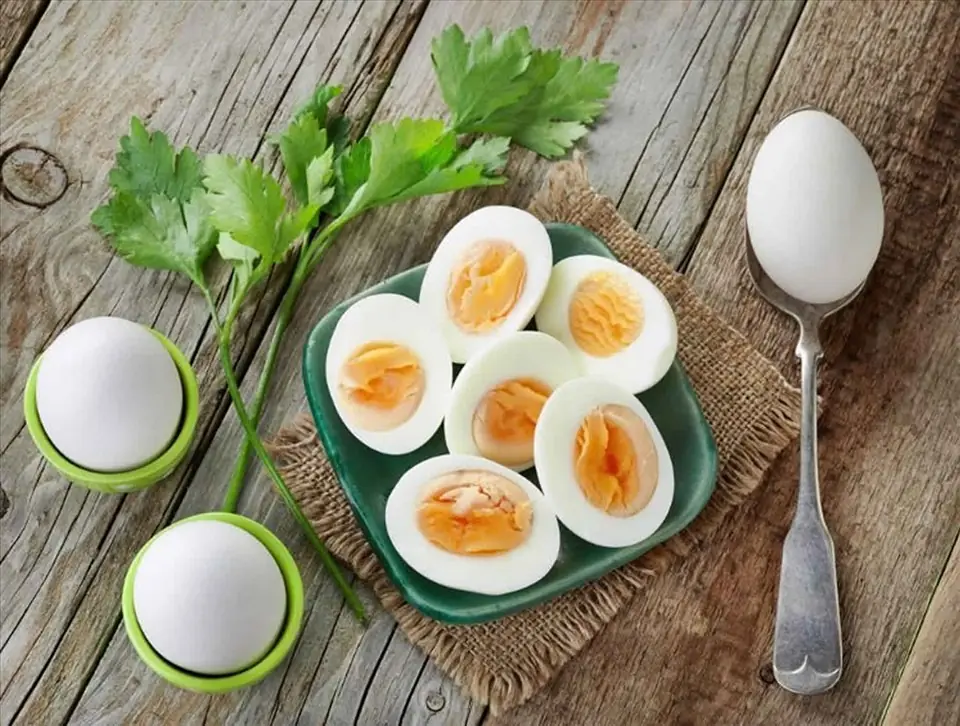
Scientists have just uncovered a game-changing reason to eat an egg every day

What Happens If You Eat 4 Whole Eggs a Day for 30 Days?

The Most Powerful Anti-Cancer Food You’ve Probably Never Tried
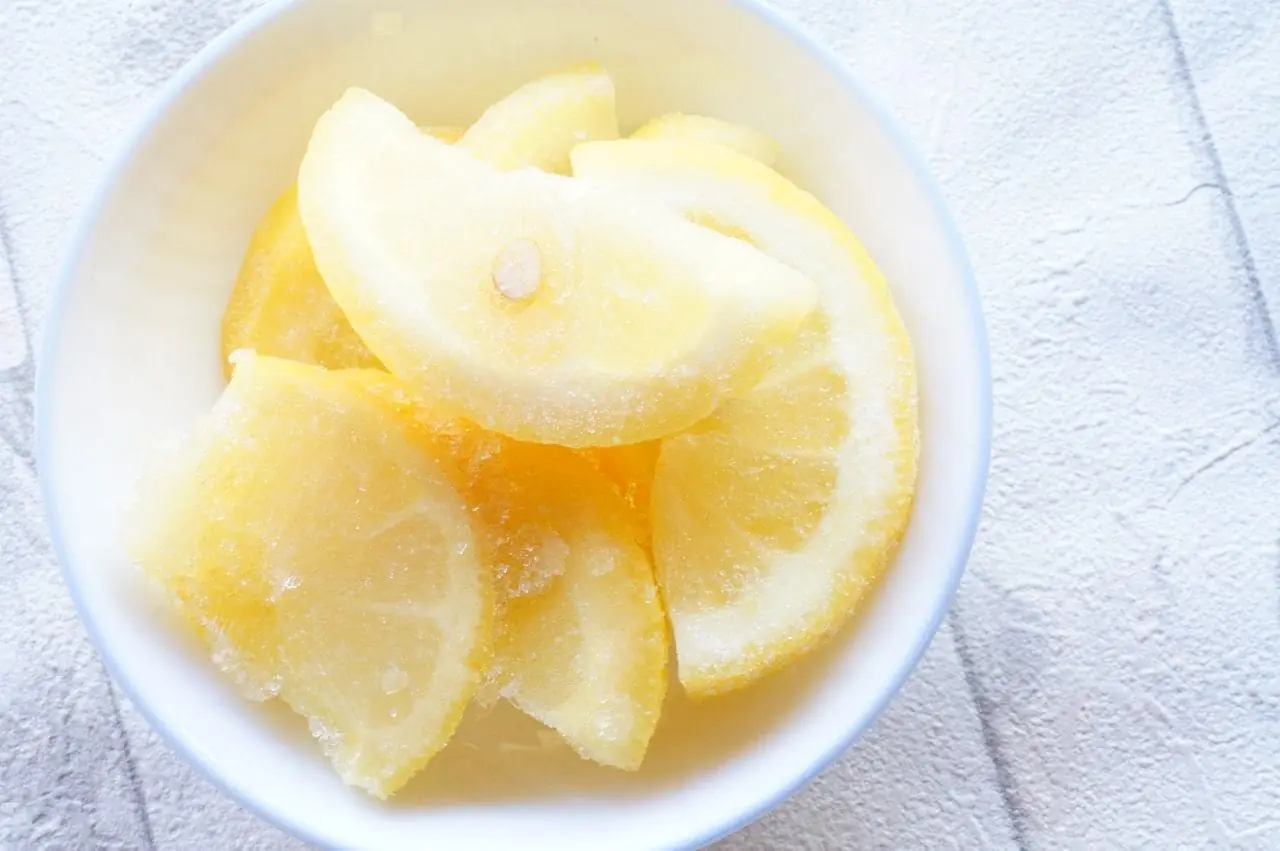
How to Use Frozen Lemon to Help Combat Malignant Tumors in the Body

Vitamin K2: The Underrated Nutrient That Protects Your Heart and Arteries

DENTISTS HATE HOW SIMPLE THIS TEETH WHITENING HACK IS

What Happens to Your Body When You Stop Eating

The #1 Drink to Prevent Foamy Urine — Plus 7 More Your Kidneys Will Thank You For

The #1 Most Effective Remedy for Dental Plaque (And How to Beat Tartar at Home)

JUST 1 CUP FLUSHES POUNDS OF TOXIC WASTE
News Post
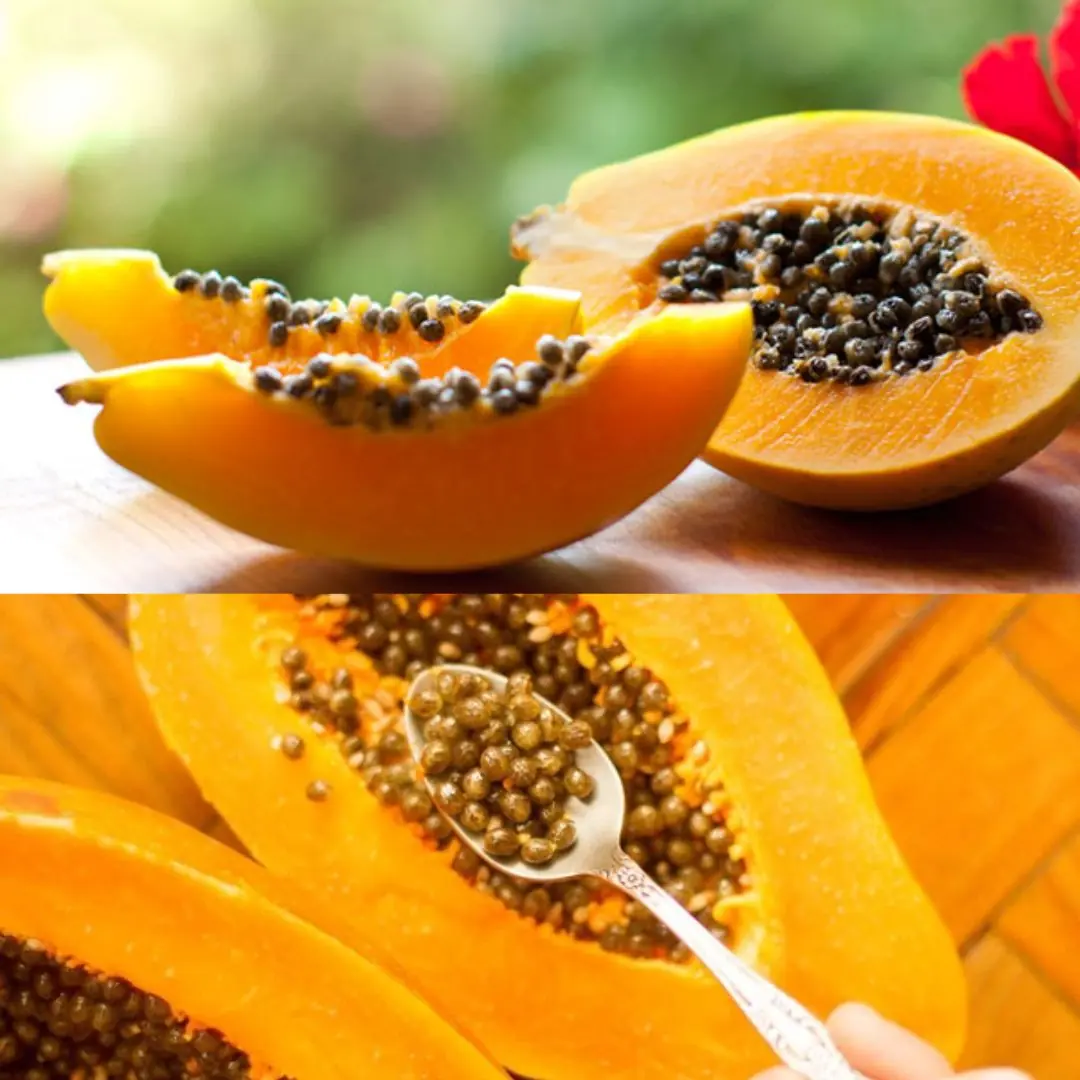
The Powerful Health Benefits of Papaya Seeds: Why You Should Include Them in Your Diet
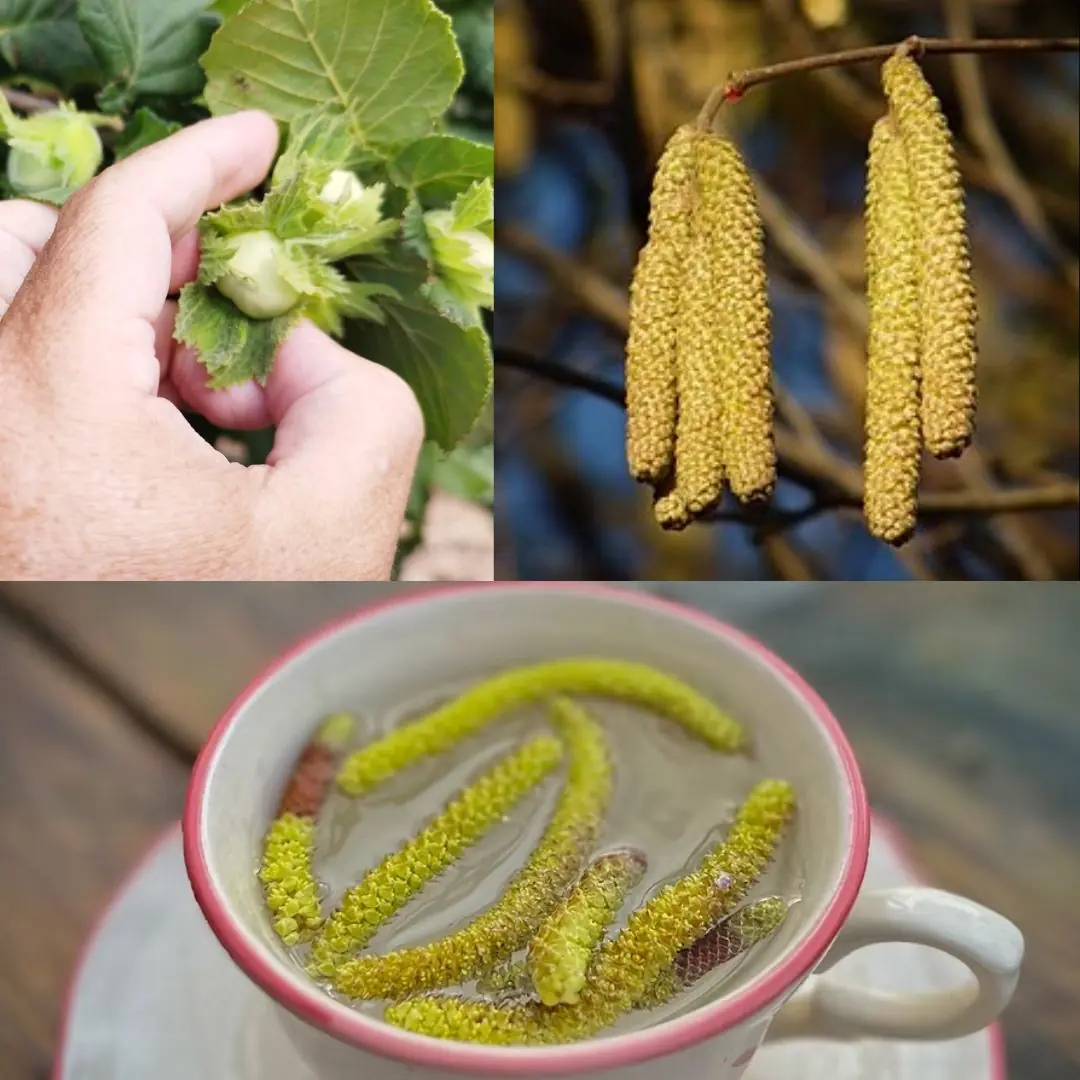
The Wonderful Hazel Tree (Corylus avellana): Nutrition, Healing, and Traditional Uses of Every Part
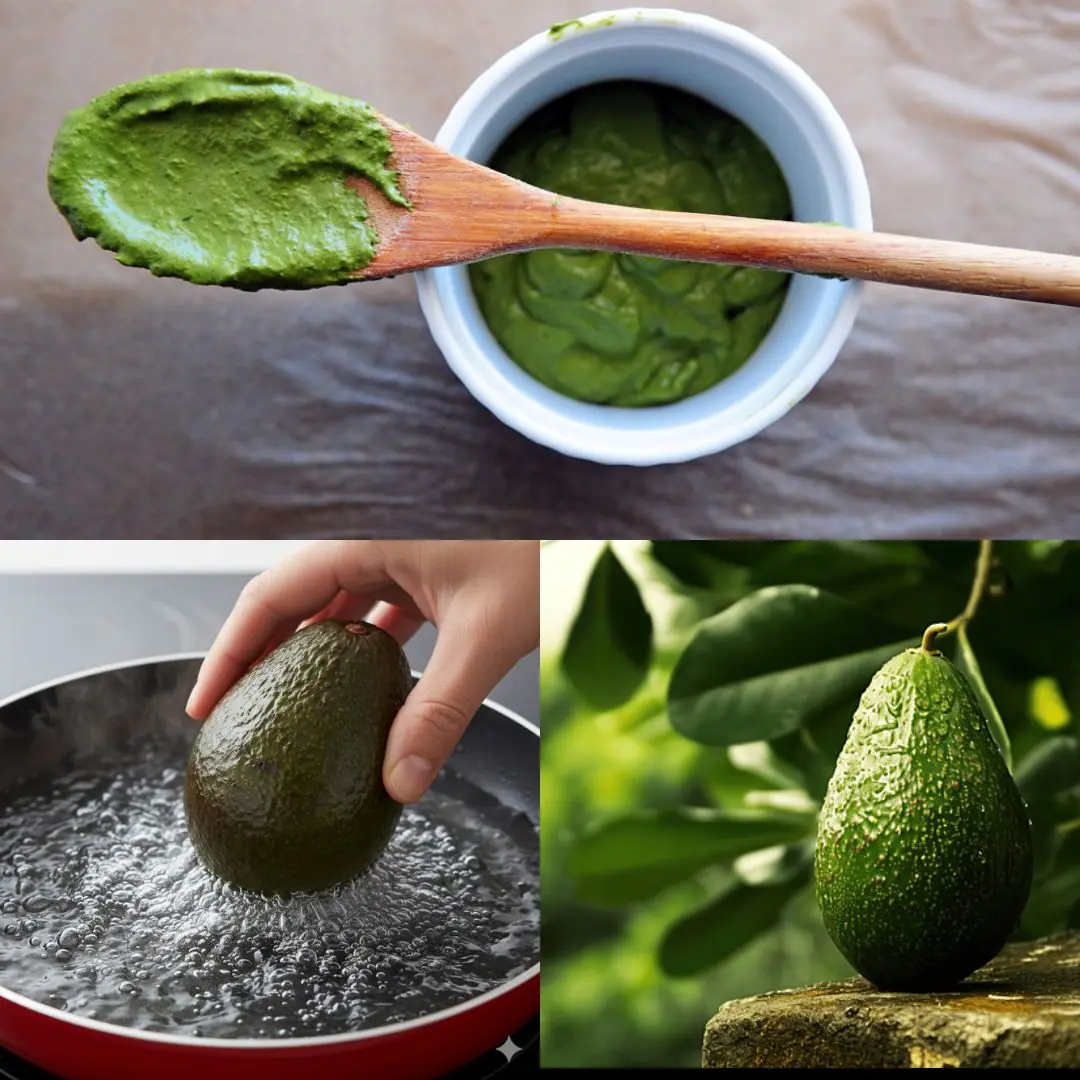
Boiling a Whole Avocado: The Secret to Softness, Nutrition, and a Delicious Baked Recipe
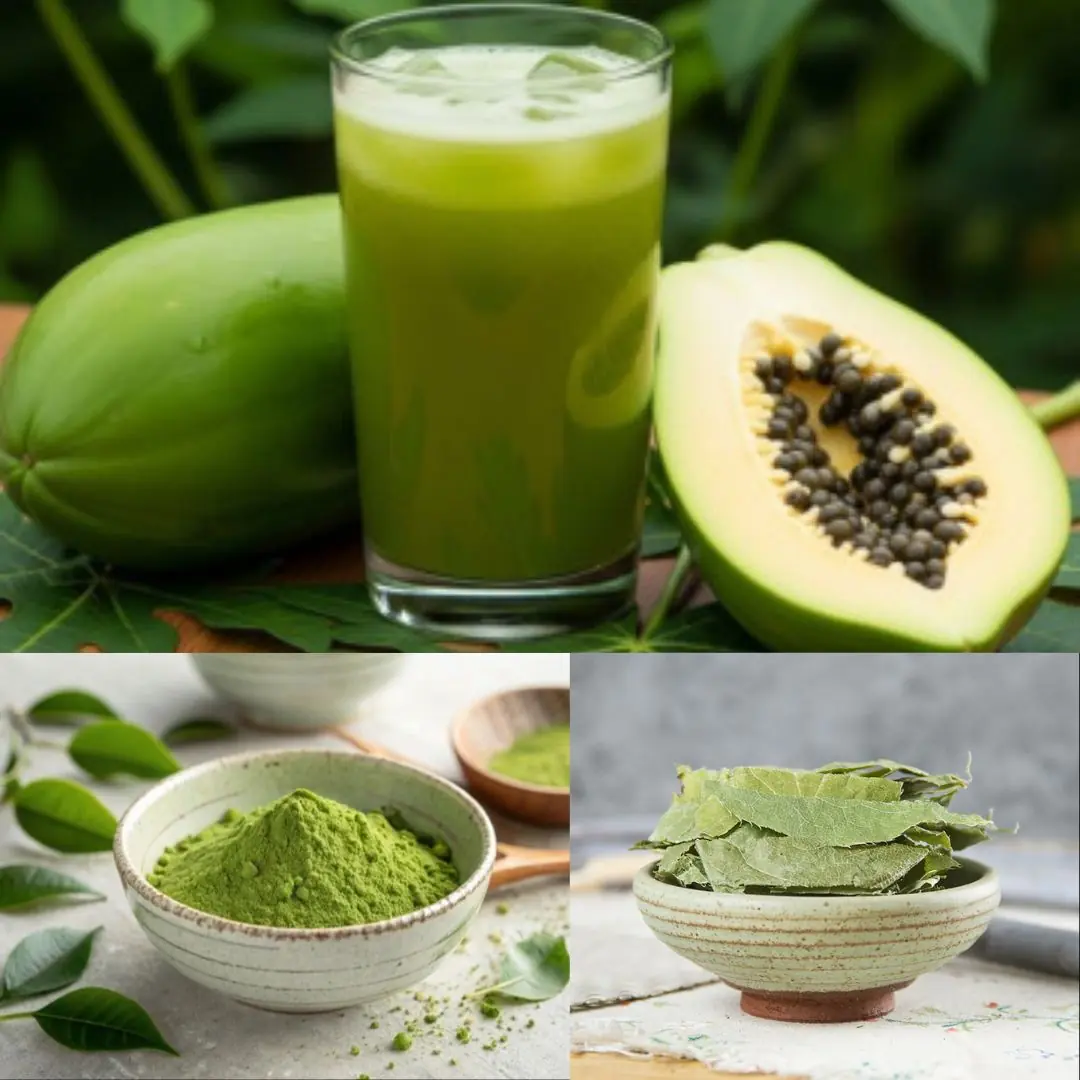
The Hidden Healing Power of Papaya Leaves
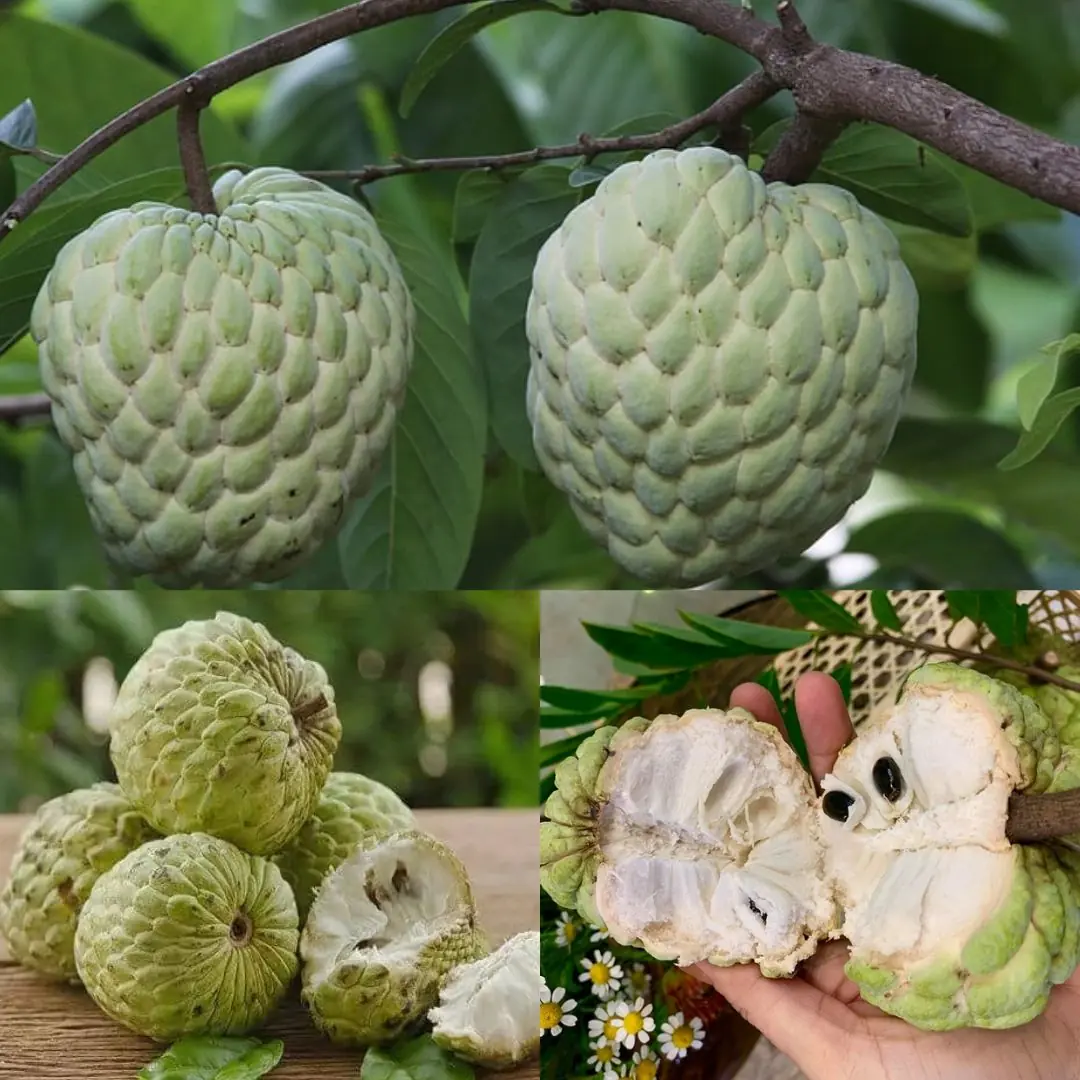
Sugar Apple (Annona squamosa): A Sweet Fruit with Powerful Health Benefits

If you find a centipede at home, here is what it means...

Why We Feel That Little Electric Sh0ck When We Touch Another Person—Science Explains

If a Man Doesn’t Appreciate You, Here’s What You Should Do
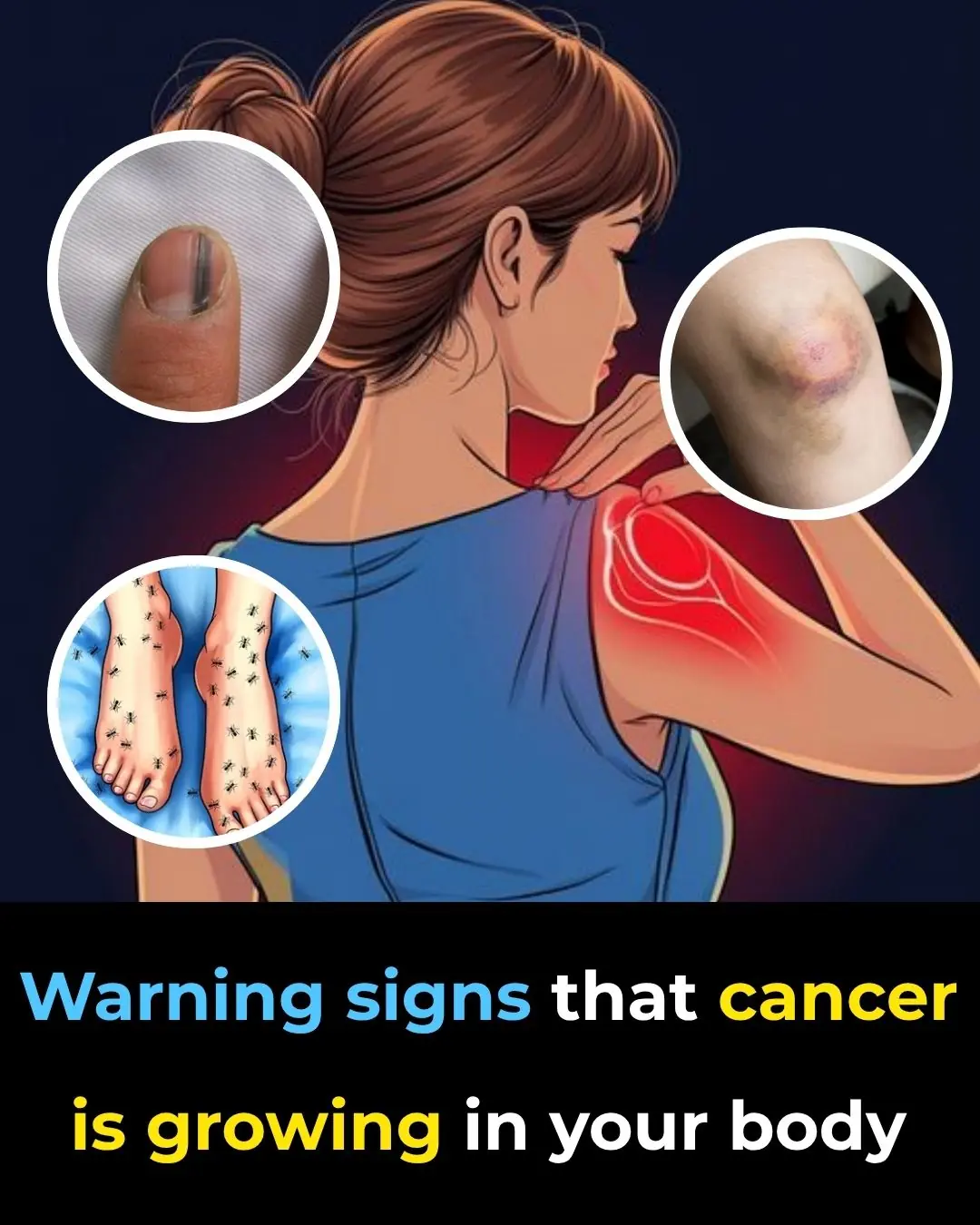
25 Worrying Signs Your Body Is Trying to Warn You of Serious Health Problems (and What to Do About Them)
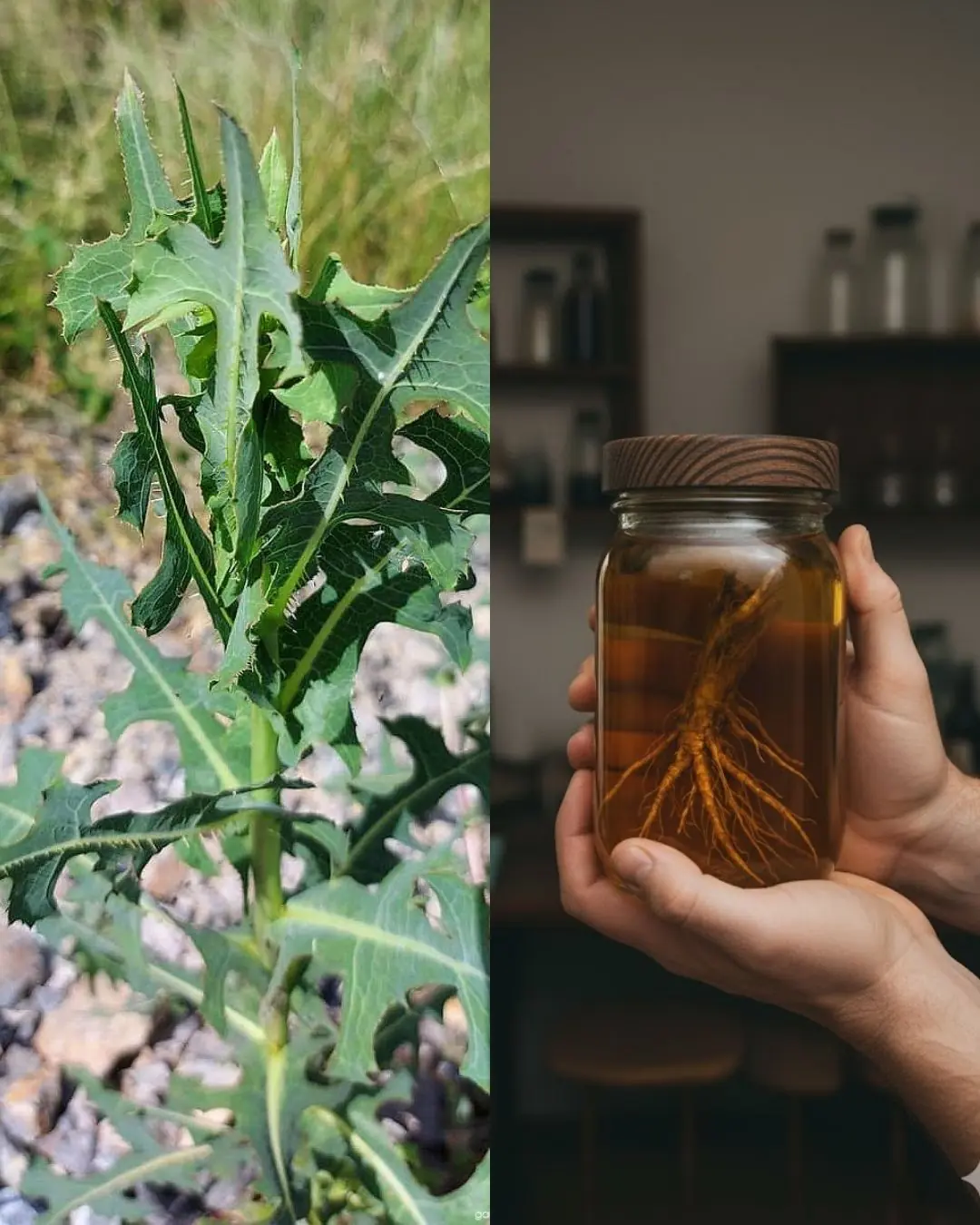
The Hidden Power of Lactuca serriola Root (Prickly Lettuce Root)

Why You Should Stop Waking Up to Urinate

Hidden Dangers in Your Mouth: Early Signs of Oral Cancer
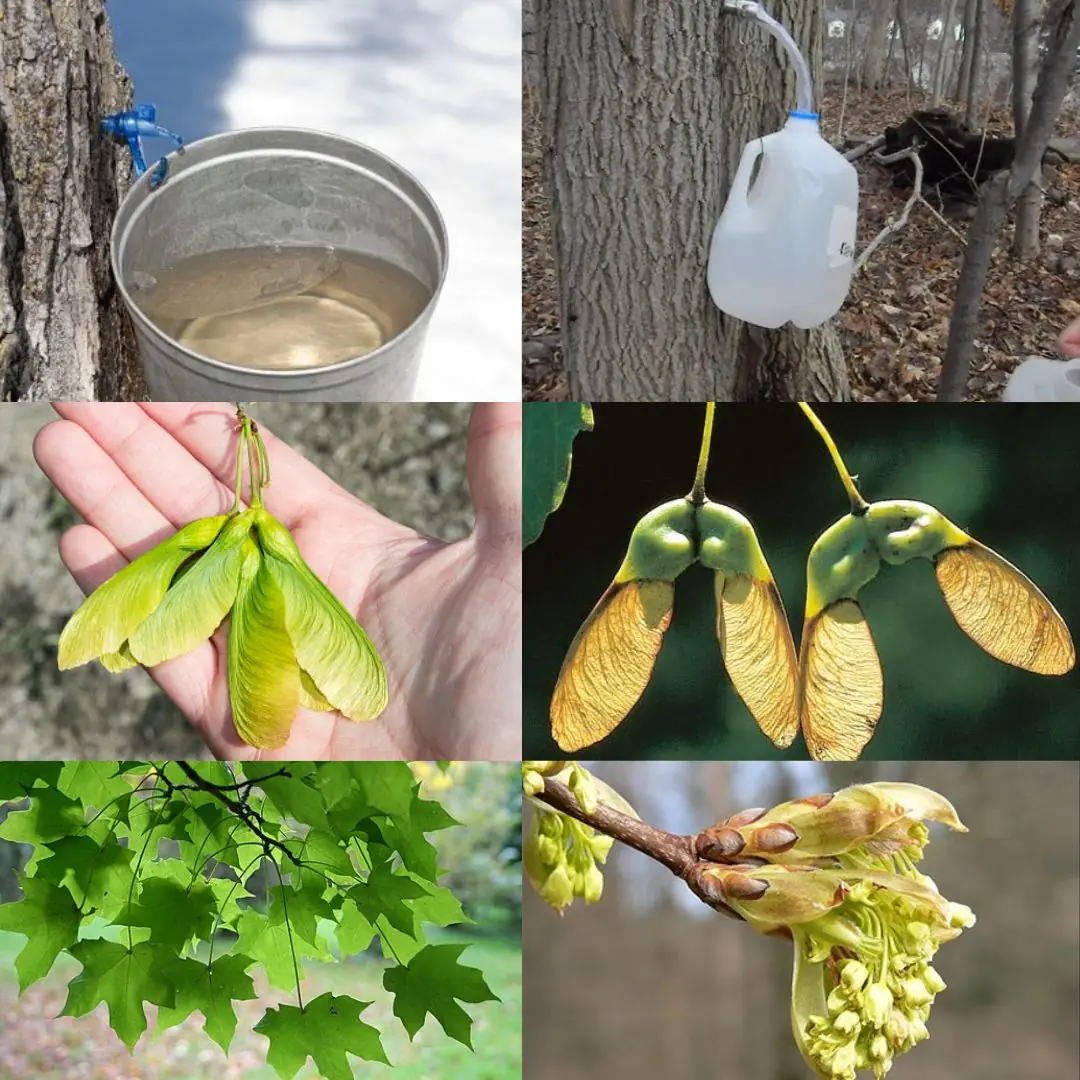
Maple Trees from Root to Crown: A Complete Guide to Every Edible Part

7 Signs of Arthritis You Shouldn't Ignore
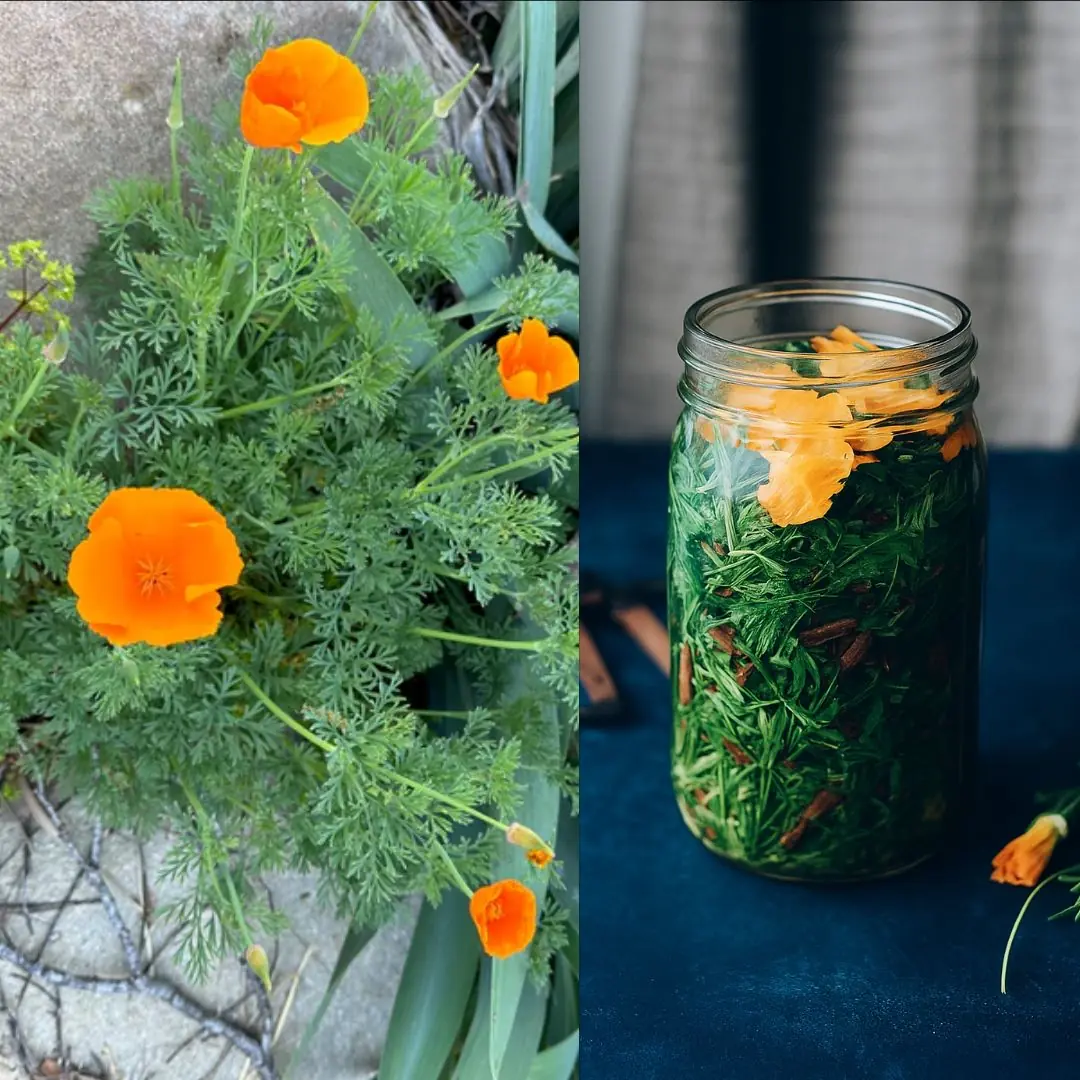
California Poppy: Nature’s Gentle Remedy for Relaxation and More

What is its purpose. see details

When a woman stops loving a man, she begins…

5 hygiene mistakes that many people make... but no one dares to talk about...
